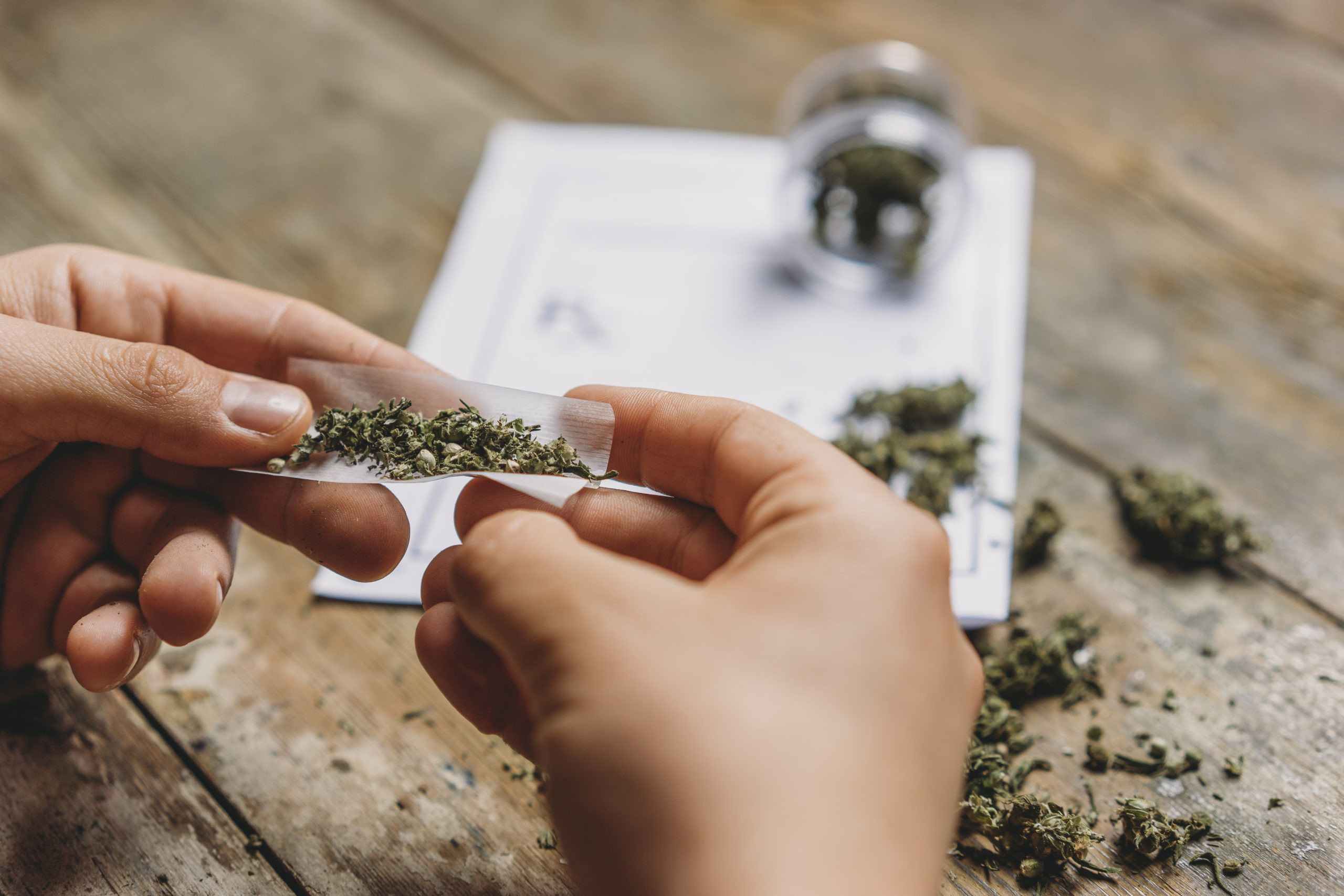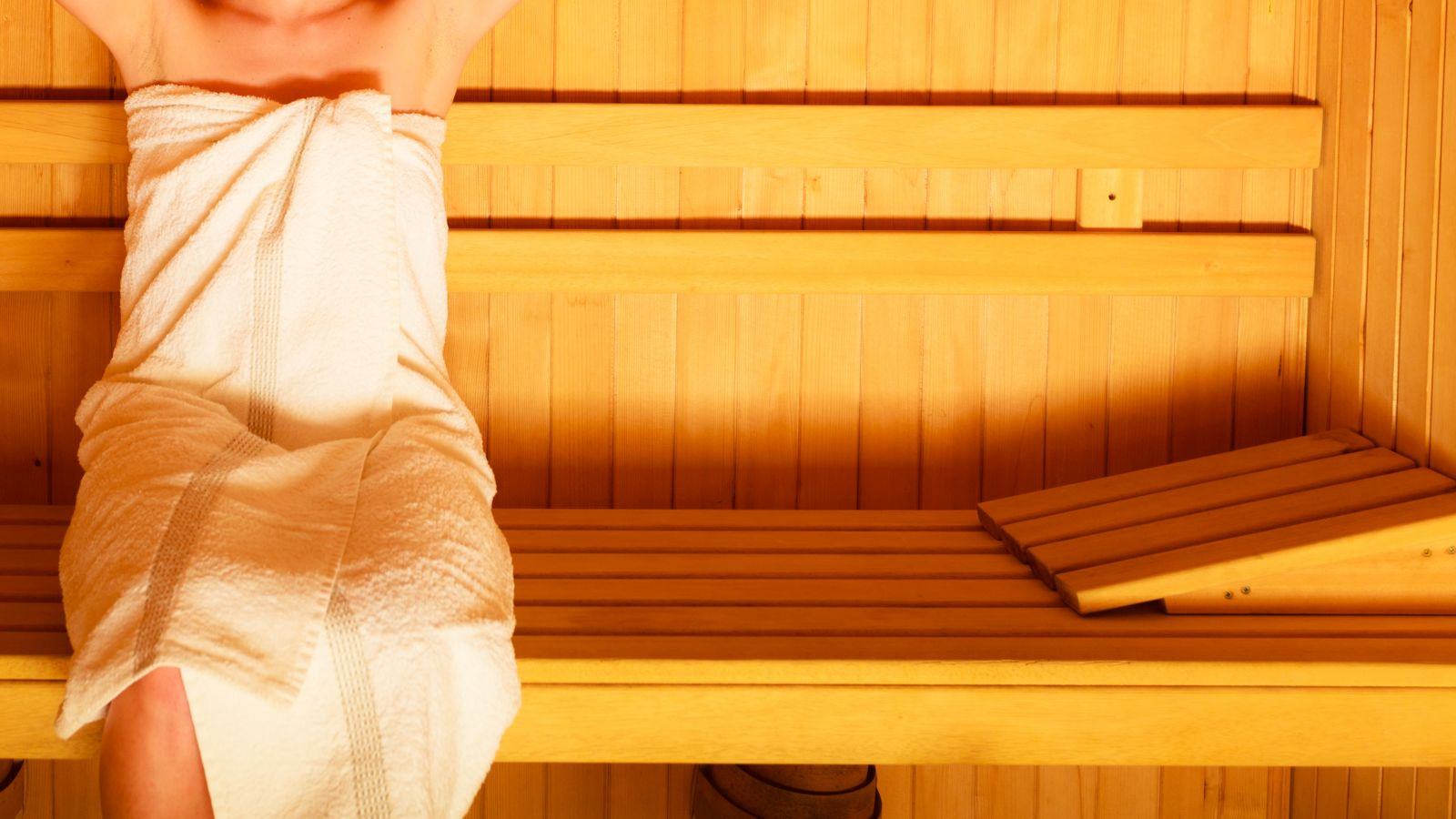
Salmonella is sneaky: Watch out

Two jobs may lower the odds of dying from Alzheimer's disease — but why?

Mastitis: What to do when your breasts are painfully inflamed

How — and why — to fit more fiber and fermented food into your meals

UTI in older women: Why postmenopausal women are susceptible to urinary tract infection, and what to do about it

Can a routine vaccine prevent dementia?

Some adults may need a measles booster shot. Who should get one and why?

Less butter, more plant oils, longer life?

Healthier planet, healthier people

Counting steps is good — is combining steps and heart rate better?
Staying Healthy Archive
Articles
Medication or therapy for depression? Or both?
No single treatment—whether it's an antidepressant drug or a style of talk therapy—can ease depression in every case. However, research suggests you will improve your chances of getting relief if you combine drugs and therapy. One report that pooled findings from 25 studies found that adding psychotherapy to drug treatment was more helpful than medication alone in treating major depression. Earlier research suggested that one reason therapy and medication may complement each other is that they have different effects on the brain.
In addition to relieving depression, combination therapy may help ward off recurrences. A classic three-year study reported in JAMA tracked recurrences of major depression in about 200 people ages 60 or older. Of those who received monthly interpersonal therapy and who also took an antidepressant medication, 80% avoided a recurrence. In contrast, the same could be said for only 57% of those who received the drug alone, 36% of those given just interpersonal therapy, and a mere 10% in the placebo group.
Does professional memory training work?
Are you worried about your memory? You can go it alone and teach your-self techniques for strengthening your memory. Or, you can get pro-fessional memory training. Some medical centers offer memory training programs in which people meet every week or so to learn memory enhancement techniques, then practice them as homework. Another alternative is to attend a series of individual sessions with a clinician who specializes in memory and other cognitive problems. Such a specialist can recommend specific strategies for the types of memory problems that affect you.
If you are considering a memory enhancement program, choose one that is run by a health professional with specialized training in cognitive rehabilitation. Some people benefit from individual treatment, where their particular needs can be identified and addressed.
If cannabis becomes a problem: How to manage withdrawal
There is disagreement over whether or not there is such a thing as a cannabis withdrawal syndrome, but it's definitely real, and with increased availability of legal marijuana and other products, even those who use it medicinally need to be aware of the symptoms, and what to do if they think they have it.
When dieting doesn't work
Most diets can help you lose weight, but that weight is frequently regained within a few months — a fact supported by an analysis of more than 100 research trials on diets. But losing weight is easier, and more likely to be permanent, if you choose a diet with foods you actually like.
Perfecting your walking technique
People are often surprised to learn that there's more to walking than simply putting one foot in front of the other. In fact, a little technique goes a long way to making your walks more enjoyable and more effective. Technique is especially important if you are hoping to become fitter and lose weight, because it will enable you to walk faster and longer. When you're standing tall, your muscles will move through a greater range of motion for a more powerful stride. Improving your walking posture will help you to look and feel more confident, too—and you'll look slimmer before losing a single pound. It will also help alleviate aches and pains and allow you to take deep breaths for more energy.
For any type of walking
The following rules will help you maintain good form.
The "hip hike" exercise for building hip strength
The hip hike is used to build hip strength if you're about to get into a running or walking program. It's easy, but you can also perform the hip hike by holding a chair to steady yourself. Make sure you're standing on a low, but stable, platform before you begin.
The "alphabet exercise" for foot and ankle strength
It's easy. Make believe your big toe is a pencil and sketch out the alphabet. These muscle movements will help build foot and ankle strength, which aids balance and helps prevents falls. You can learn more at the Harvard online course Exercises for Bone Strength.
Your complete guide to choosing a yogurt to meet your needs
Feeling dazed and confused in the yogurt aisle? Here's some information to help you make good choices.
Yogurt used to be pretty straightforward. It came in small, simple containers, with a swirl of fruit on the bottom if you were lucky. Not anymore. Today there's Greek yogurt, shakes, and tasty-looking cups with sprinkles and crushed cookies. Yogurt is blended into smoothies and squirted into portable tubes and pouches. Over in the ice cream aisle, there are even more options, with a variety of frozen yogurt products in tubs and handheld popsicles.
This gives you lots of choices but might also leave you wondering which one to pick. At the root of the dilemma is this question: is yogurt a health food or a dessert? The truth is, today's yogurt can be either, depending on the type you choose. This means you've got to do a little detective work to figure it out.
Sauna Health Benefits: Are saunas healthy or harmful?
A sauna benefits your heart health, as long as you practice sauna safety
A saunas' dry heat (which can get as high as 185° F) has profound effects on the body. Skin temperature soars to about 104° F within minutes. The average person will pour out a pint of sweat during a short stint in a sauna. The pulse rate jumps by 30% or more, allowing the heart to nearly double the amount of blood it pumps each minute. Most of the extra blood flow is directed to the skin; in fact, the circulation actually shunts blood away from the internal organs. Blood pressure is unpredictable, rising in some people but falling in others.
Saunas appear safe for most people. However, people with uncontrolled high blood pressure and heart disease should check with their doctors before taking a sauna.
Athlete's foot: Causes, prevention, and treatment
While it's not a life-or-death matter, athlete's foot-especially if it's persistent-can be painful and make walking difficult.
The early signs of athlete's foot are patches or fissures (deep breaks or slits), especially between the toes. As the infection progresses, the skin may turn red, become itchy, and appear moist. Small blisters may spread out across the foot, breaking to expose raw fissures that are painful and may swell. The area between the toes is most often affected, but the infection may spread to the soles of the feet or to the toenails, which can become thick and colored white or cloudy yellow. In the most advanced cases, the rash will extend moccasin-style across the sole of your foot, and your feet may ooze pus and develop a foul odor.

Salmonella is sneaky: Watch out

Two jobs may lower the odds of dying from Alzheimer's disease — but why?

Mastitis: What to do when your breasts are painfully inflamed

How — and why — to fit more fiber and fermented food into your meals

UTI in older women: Why postmenopausal women are susceptible to urinary tract infection, and what to do about it

Can a routine vaccine prevent dementia?

Some adults may need a measles booster shot. Who should get one and why?

Less butter, more plant oils, longer life?

Healthier planet, healthier people

Counting steps is good — is combining steps and heart rate better?
Free Healthbeat Signup
Get the latest in health news delivered to your inbox!
Sign Up










